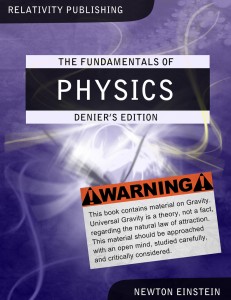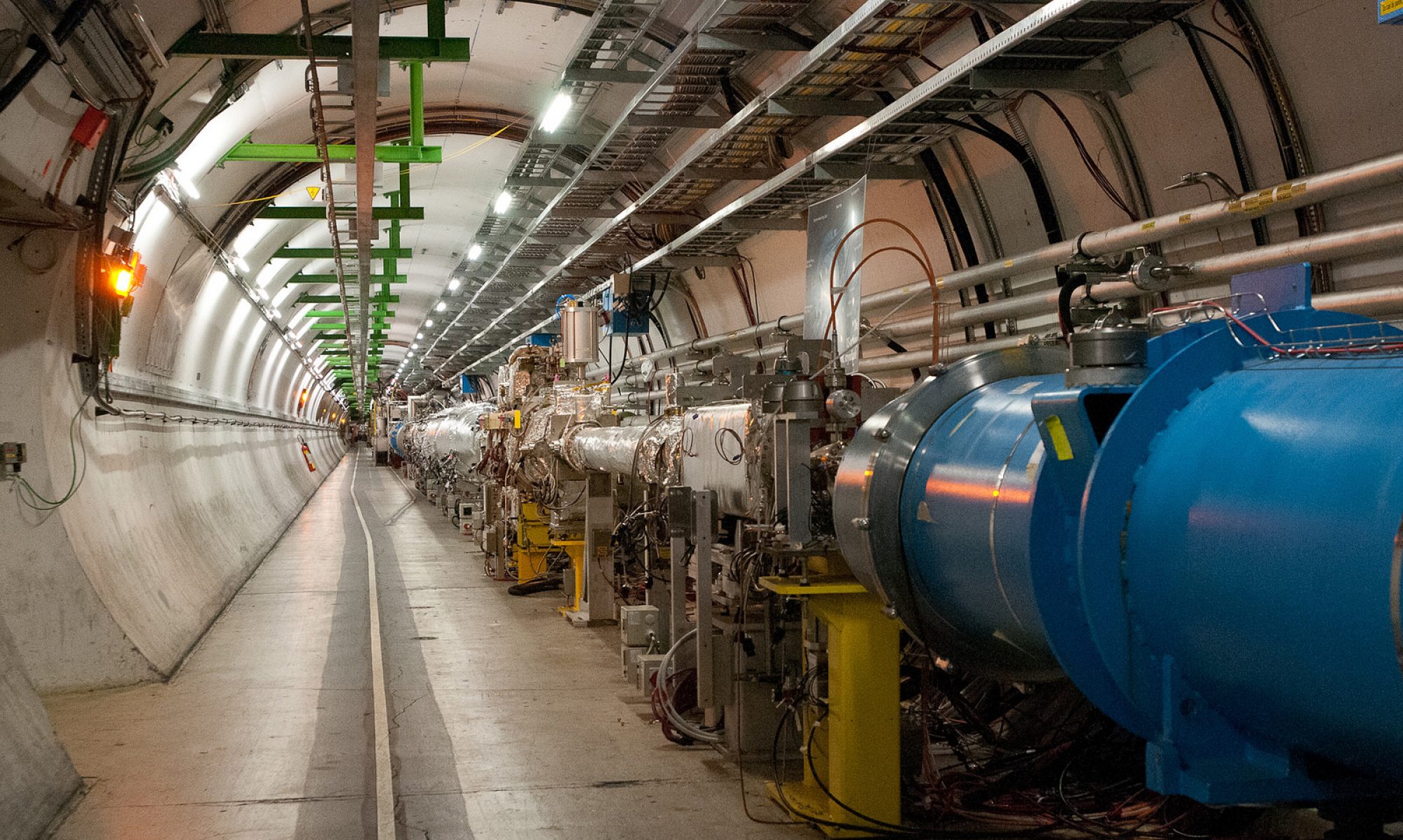
This semester, I say with some regret a brief goodbye to PHY1308 (introductory electricity and magnetism) and begin teaching in a course that is a huge shift from E&M: introduction to the scientific method. The course is cross-listed as both a physics course (PHY 3333) and a “Cultural Formations” course, CFB 3333. All SMU students are required to take a minimal number of credit-hours in cultural formation courses. This course will be a very new cross-section of students for me. But why is this course so important? Why should every physics major have access to it, as well as every student at SMU with a passion for understanding ways of knowing?
The words that Carl Sagan wrote in his 1996 book, “The Demon-Haunted World: Science as a Candle in the Dark,” light the way. They are almost as true now as they were then:
. . . the consequences of scientific illiteracy are far more dangerous in our time than in any that has come before. It’s perilous and foolhardy for the average citizen to remain ignorant about global warming, say, or ozone depletion, air pollution, toxic and radioactive wastes, acid rain, topsoil erosion, tropical deforestation, exponential population growth. Jobs and wages depend on science and technology. If our nation can’t manufacture, at high quality and low price, products people want to buy, then industries will continue to drift away and transfer a little more prosperity to other parts of the world. (Ref. [1], pp. 6-7)
I would amend a bit of what he says at the end of that passage. In 1996, the United States was still the most significant world economic power; the thought of losing more and more industry to other nations seemed still something that could be staved off then. But now, as we have in fact helped transfer more prosperity to cheap-labor, industrializing nations who have themselves begun investing vast sums of their profits in legitimate educational, scientific, and technological efforts, we must not stave off a loss of prosperity; we must fuel an age of intellectual and economic competition. The world is becoming more and more a global marketplace, where the rules of labor in one nation are not applied to others. More of our U.S. economy is invested in intellectual pursuits and ideas than in the past; look at silicon valley.
So I would replace Sagan’s last sentiment with my own, because globalization is fact now, and no longer speculation: “If our nation cannot compete, in the creation of new ideas and their realization in medicine, technology, and policy, then we will continue to become less relevant in the growing global competitive arenas of intellectual development, scientific investigation, technological innovation, and medical research.”
This semester, which begins on Jan. 17, I will be changing gears in my teaching role at SMU. For three semesters, I have worked with pre-med students in the study of introductory electricity and magnetism. This has been a great pleasure for me. Now I will embark on a new teaching effort, one sure to humble me more than any other: the teaching of the scientific method and its application to understanding the difference between science and pseudoscience.
In fact, the subtitle of this course – CFB/PHY 3333 – is “Debunking Pseudoscience.” There is a lot of pseudoscience in the world today. There are classics, like UFOs and aliens, the Bermuda Triangle, and the claim of Mayan foresight of the end of the world in 2012. But in the world of today, there are more dangerous varieties of pseudoscience that have deleterious societal effects: denial of global climate disruption, denial of humanity’s ability to affect the planet, denial of HIV as the cause of AIDS, peddling of “alternative” or “natural” or “homeopathic” medicine, chiropractic, and the claim that Christian-fundamentalist dogma on the creation of the world has equal scientific standing with the Scientific Theory of Evolution. Some pseudoscience seems harmless, but falling prey to some of it suggests a pattern of scientific illiteracy that can lead you down the road to anti-vaccination hysteria, or climate change denialism, or support for government spending on alternative medicine that enjoys lax review and testing standards compared to those required for actual medicine.
I am additionally humbled by the fact that I am stepping in, after 18 consecutive semesters of the course, for Prof. Randy Scalise, who will be taking a break from the course for at least this semester and likely the next as well. It’s much deserved; this is a demanding class for an instructor – 65 students enrolled, daily reading quizzes to be distributed, collected, and graded, enforcement of high standards of class conduct, and the reading and reviewing of papers during the semester. I’ll be joining Prof. John Cotton in this course (it’s team taught, though each semester the two profs alternate who is the “lead” – I have that distinction this semester). Prof. Cotton is ALSO an 18-semester veteran of the course, having started it with Randy those 9 years ago. He’s in for his 19th, and I’m in for my first . . . we’re both interested to see how this goes!
The syllabus for this course contains a core component, but after that is completed we are free to attack subjects in a fairly relaxed order. In the past, the course has been flexible and tried to respond to current events (for instance, when the Fukushima nuclear reactor suffered a meltdown after the Japanese tsunami, the course discussed radiation and radiation myths). We’re in the process of developing the syllabus for this semester, and no doubt with the U.S. 2012 Presidential elections, new legislation on the teaching of evolution in New Hampshire and Indiana, and other events we cannot foresee there will be substantial material to discuss during the semester.
I am going to try a new experiment with the course this semester. Thanks to a grant I received to initiate the “Mustang Physics” podcast, I’ll be attempting to record the lectures as I did with my PHY1308 course this past semester [2]. I don’t know that video makes a lot of sense for this effort, but at the very least audio is likely to be provided for lectures. No promises. Like any A/V adventure, this is a tech experiment that could all come crashing down.
[1] Sagan, Carl. “The Demon-Haunted World: Science as a Candle in the Dark.” The Random House Publishing Group. 1996.
[2] http://www.physics.smu.edu/sekula/phy1308/notes.html#Videos
[3] Photo from http://www.flickr.com/photos/abracapocus_pocuscadabra/4270642600/sizes/l/in/photostream/

